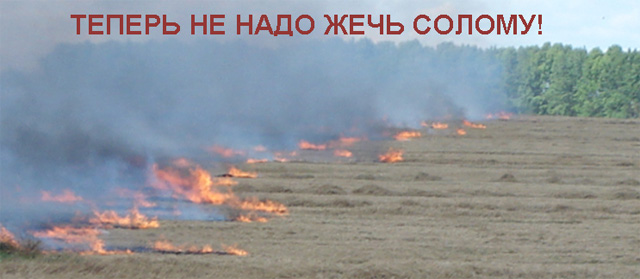Company production
Company production
BIOTECHNOLOGY FOR THE MANAGEMENT OF PLANT RESIDUE


The biotechnology is based on the process of treating plant residue (straw and stubble remains from grain crops, after-harvest residues of maize, sunflower, sugar beet, etc.) with the Risobakt SP (r.zh.f.t.n.) deoxid. MicoBact; it contains a growth medium that conduces more active work of microorganisms (cellulose- and lignin consuming bacteria, nitrogen extracting bacteria), which promotes biotransformation of plant residue into organic nutritives and humus.
Application of the MicoBact onto plant residue allows to both breake-up and structure it and to kill phytopathogenic and decay-causing microflora that hibernates on it.
РHow MicoBact works:
- 100% degradation of 1.5-2.0 metric tons per hectare of cereal straw;
- breaking up of the structure of stubble and straw, which ensures the even planting of seeds;
- Higher yields of after crops: an increase of 10-15% due to additional nutrition and a mulch layer preventing erosion and loss of moist, and suppressing the growth of weeds;
- 2-fold reduction of plant disease incidence due to driving the pathogenic and saprogenic microflora out;
- Increased humus content in soil, generation of dew-worms and useful microorganisms; prevention of one-way removal of nutritives from soil on monocultures;
- Saving money on nitrogen fertilizers that are used to degrade straw (10 kg per metric ton with conventional technologies).
Application rates and methods:
- Application rate for MicoBact with 2-4 metric tons of cereals' straw per hectare is as much as 2 liters per hectare. For degrading of crop residues of maize, sunflower, sugar beet and other tall-stalked grain and industrial crops, the application rate is to be increased up to 3,0-5,0 l/ha;
- The best consumption rate of the solution – 200-300 liters per hectare.